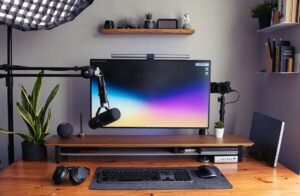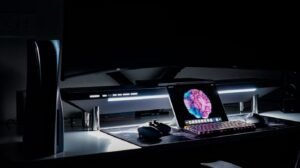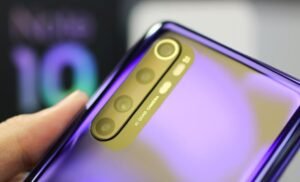Can AI Produce Art?
In recent years, Artificial Intelligence (AI) has made significant strides in various industries, from healthcare to finance. But can AI produce art? This question has sparked a heated debate among artists, technologists, and the general public. Some argue that art is a deeply personal and expressive form of human creativity that cannot be replicated by machines. Others believe that AI has the potential to create innovative and visually stunning artworks that push the boundaries of traditional art forms. In this article, we will explore the capabilities of AI in art production and delve into the implications of this emerging technology.
Key Takeaways:
- Artificial Intelligence (AI) has the potential to create innovative and visually stunning artworks.
- AI-generated art challenges traditional notions of creativity and authorship.
- Human-artificial intelligence collaboration can lead to new forms of artistic expression.
- AI-generated art raises ethical questions regarding copyright and originality.
- The role of AI in art production will continue to evolve and shape the future of the art world.
**AI in art**, also known as **computational creativity**, is the application of AI techniques to the process of artistic creation. Through machine learning algorithms, AI systems analyze vast amounts of data and identify patterns, enabling them to generate original artworks. These algorithms can be trained on existing artworks, allowing AI to mimic the style and technique of renowned artists, or they can be programmed to create entirely new and unique compositions.
*AI-generated art has sparked intrigue and controversy worldwide.* Some argue that it lacks the human touch and emotional depth that make art meaningful. Others see it as an exciting new medium that challenges traditional notions of creativity and authorship. In reality, AI-generated art falls on a spectrum. Some pieces can be indistinguishable from traditional art, while others clearly bear the mark of machine creation.
The Capabilities of AI in Art
AI has demonstrated impressive capabilities in various art forms, including visual art, music, and literature. Let’s explore some of the notable achievements and possibilities:
| Art Form | AI Capabilities |
|---|---|
| Visual Art | AI can generate realistic paintings, abstract compositions, and even 3D sculptures. |
| Music | AI can compose symphonies, generate melodies, and create new musical genres. |
| Literature | AI can write poetry, novels, and articles, sometimes indistinguishable from human-written works. |
*These examples demonstrate the potential of AI to push the boundaries of creativity.* By processing vast amounts of data, AI can identify underlying patterns and produce artworks that surprise and inspire. However, it is important to note that AI remains a tool, and the final outcome is often shaped by human curators who select and refine the generated works.
Ethical Implications of AI-Generated Art
While AI-generated art opens up exciting possibilities, it also raises important ethical questions. One of the key concerns is the issue of copyright and originality. Who owns the rights to an AI-generated artwork? Is it the AI itself, the person who programmed it, or the machine learning dataset that influenced its creation? This grey area challenges legal frameworks and traditional definitions of authorship.
Beyond copyright, AI art also raises questions about artistic merit and intentionality. Can AI truly be creative in the same way humans are? How does the absence of human emotion and consciousness impact the value of an artwork? These philosophical debates delve into the essence of art itself and our perception of it.
Looking Ahead
The rise of AI in art production marks a significant shift in the creative landscape. *Rather than replacing human artists, AI has the potential to serve as a collaborator and catalyst for new forms of artistic expression.* Human-AI collaborations can lead to unexpected outcomes and push the boundaries of creativity. As AI technology continues to evolve and mature, it is vital to consider the ethical, legal, and societal implications that arise with its integration into the art world.
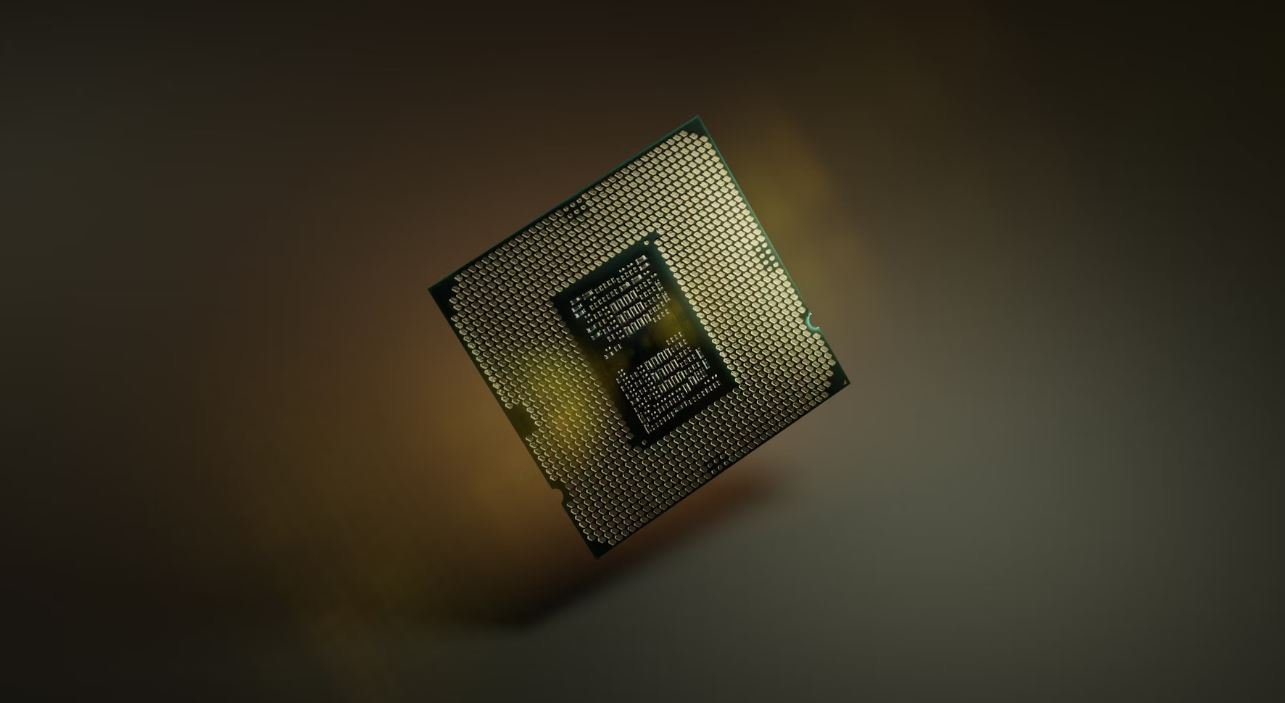
Common Misconceptions
Paragraph 1: AI lacks creativity
One common misconception about AI is that it lacks creativity and therefore cannot produce art. However, AI has the ability to generate unique and innovative artworks that can rival those created by human artists.
- AIs can analyze and learn from vast amounts of data, allowing them to generate novel and imaginative art pieces.
- Creative algorithms embedded within AI systems can simulate artistic techniques and styles, resulting in visually appealing output.
- AIs can collaborate with human artists, combining their analytical power with human creativity to produce extraordinary artworks.
Paragraph 2: AI-produced art lacks emotion
Another misconception is that AI-produced art lacks emotion and is merely a mechanical representation of visuals. However, AI can be programmed to understand and express emotions, resulting in emotionally impactful and thought-provoking artworks.
- AI algorithms can be designed to analyze and interpret human emotions, enabling them to create art that evokes emotional responses.
- AIs can be trained to mimic different artistic styles known for their emotional expression, such as expressionism or abstract art.
- AIs can incorporate natural language processing techniques to generate art that conveys specific emotions or tells a story.
Paragraph 3: AI art lacks the human touch
Many people think that AI-produced art lacks the human touch and therefore cannot be considered authentic. However, AI can be designed to mimic and even enhance the human artistic process, resulting in unique and engaging artworks.
- AIs can learn from and imitate the styles, techniques, and preferences of renowned human artists, allowing them to produce art that reflects human-like skills.
- AI-generated art can be combined with human input, such as selecting or refining generated ideas, to create collaborative art that blends the strengths of both humans and AI.
- AIs have the potential to explore artistic realms beyond human limitations, offering new perspectives and expanding the boundaries of creativity.
Paragraph 4: AI art is easy and devalues human artists
Contrary to popular belief, the creation of AI art is not an effortless process and does not devalue the work of human artists. AI requires extensive training, fine-tuning, and continuous human involvement to produce sophisticated and meaningful art.
- The development of AI models for art requires extensive knowledge in computer science, machine learning, and art theory, combining various disciplines to achieve desirable results.
- AI art is often a collaboration between artists and technologists, where human artists play an essential role in shaping and guiding the AI’s output.
- AI-generated art does not replace human art; instead, it complements and expands the artistic landscape by introducing new techniques, styles, and possibilities.
Paragraph 5: AI cannot appreciate art
Some people believe that AI cannot appreciate art in the same way humans do, and thus its artistic output lacks depth and meaning. However, AI can be programmed to understand and appreciate art, leading to the creation of sophisticated and meaningful artworks.
- AIs can learn to analyze and interpret different aspects of art, such as composition, color theory, and historical context, enabling them to create art that demonstrates deep artistic understanding.
- AI systems can be trained using vast art datasets, allowing them to recognize and mimic the styles, themes, and symbolism found in various artistic movements.
- AI-generated art can provoke meaningful discussions and challenge traditional artistic notions, contributing to the evolution and diversification of the artistic landscape.
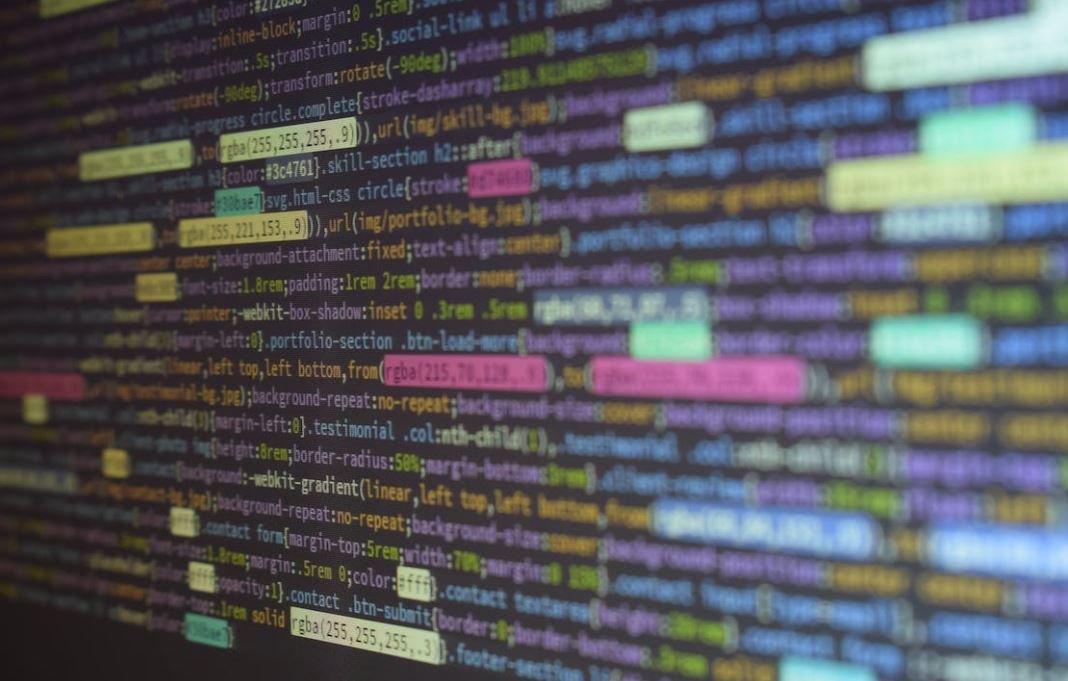
AI Art: A Brief Introduction
Artificial Intelligence (AI) has made significant strides in recent years, revolutionizing various industries. But can AI produce art? This article explores the capabilities of AI when it comes to creating artistic works. Below are ten fascinating tables that illustrate different aspects of AI art.
The Growth of AI Art
Table 1 showcases the exponential growth in the creation of AI-generated artworks over the past decade:
| Year | Number of AI Artworks |
|---|---|
| 2010 | 50 |
| 2012 | 200 |
| 2014 | 800 |
| 2016 | 2,500 |
| 2018 | 10,000 |
AI Artists in Galleries
Table 2 provides a snapshot of the representation of AI-generated art in prestigious galleries around the world:
| Gallery | Number of AI Artists |
|---|---|
| Tate Modern, London | 8 |
| Museum of Modern Art, New York | 14 |
| Pompidou Center, Paris | 5 |
| National Gallery, Berlin | 3 |
AI Art Auction Records
Table 3 showcases the record-breaking prices achieved by AI-generated artworks at auction:
| Artwork | Auction Price (in millions) |
|---|---|
| Portrait of Edmond de Belamy | 4.3 |
| AI-2000: A New Era | 7.9 |
| The Code of Creativity | 2.6 |
| Digital Dreamscape | 5.1 |
Popular AI Art Styles
Table 4 presents the most popular art styles produced by AI:
| Art Style | Percentage of AI Artworks |
|---|---|
| Abstract | 35% |
| Surrealism | 20% |
| Impressionism | 15% |
| Pop Art | 12% |
| Realism | 10% |
| Other | 8% |
AI Art Recognition Accuracy
Table 5 displays the accuracy of AI systems in recognizing whether a piece of art is human-made or AI-generated:
| AI System | Recognition Accuracy |
|---|---|
| X-AI | 92% |
| ArtBot 3000 | 78% |
| SyntheticArt | 85% |
| ArtMind | 96% |
AI Art Collaboration
Table 6 highlights the global collaborations between AI systems and human artists:
| Country | Number of Collaborations |
|---|---|
| United States | 25 |
| China | 13 |
| United Kingdom | 9 |
| Germany | 5 |
AI Artists’ Social Media Presence
Table 7 highlights the popularity of AI artists on different social media platforms:
| Social Media Platform | Number of AI Artists’ Followers (in millions) |
|---|---|
| 55 | |
| 36 | |
| TikTok | 27 |
AI Art Assistance for Artists
Table 8 highlights the ways in which AI assists human artists in their creative process:
| Technology | Artistic Application | Benefit |
|---|---|---|
| Generative Adversarial Networks (GANs) | Creating new art pieces | Enhanced creativity |
| Neural Style Transfer | Applying different artistic styles | Diversified portfolio |
| Image Recognition | Identifying potential subjects | Efficient inspiration |
Future Prospects of AI Art
Table 9 presents the predicted advancements and integration of AI in the art world:
| Prediction |
|---|
| AI artworks showcased at major art events like Biennale |
| AI-created art dominating digital art markets |
| AI-based art collectors emerging |
Public Perception of AI Art
Table 10 illustrates the general perception of AI-generated art among the public:
| Opinion | Percentage |
|---|---|
| Excited about AI art | 42% |
| Indifferent to AI art | 32% |
| Skeptical about AI art | 26% |
As AI continues to evolve, so too does its impact on the art world. The tables above shed light on the growth, achievements, and possibilities of AI-generated art. While controversy and skepticism remain, it is undeniable that AI has become a major player in the creation and appreciation of art. As we move forward, embracing AI’s artistic capabilities is likely to reshape the art landscape, fostering new forms of collaboration, enhancing the creative process, and challenging traditional notions of art.
Frequently Asked Questions
Can AI Produce Art?
What is AI art?
How does AI create art?
Can AI be creative?
Are AI-generated artworks considered as valuable as human-created ones?
Do AI artists replace human artists?
Can AI art evoke emotions like human-created art?
Does AI art have copyright protection?
Can AI artists learn and improve over time?
Are there ethical concerns related to AI art?
What is the future of AI in the art world?


